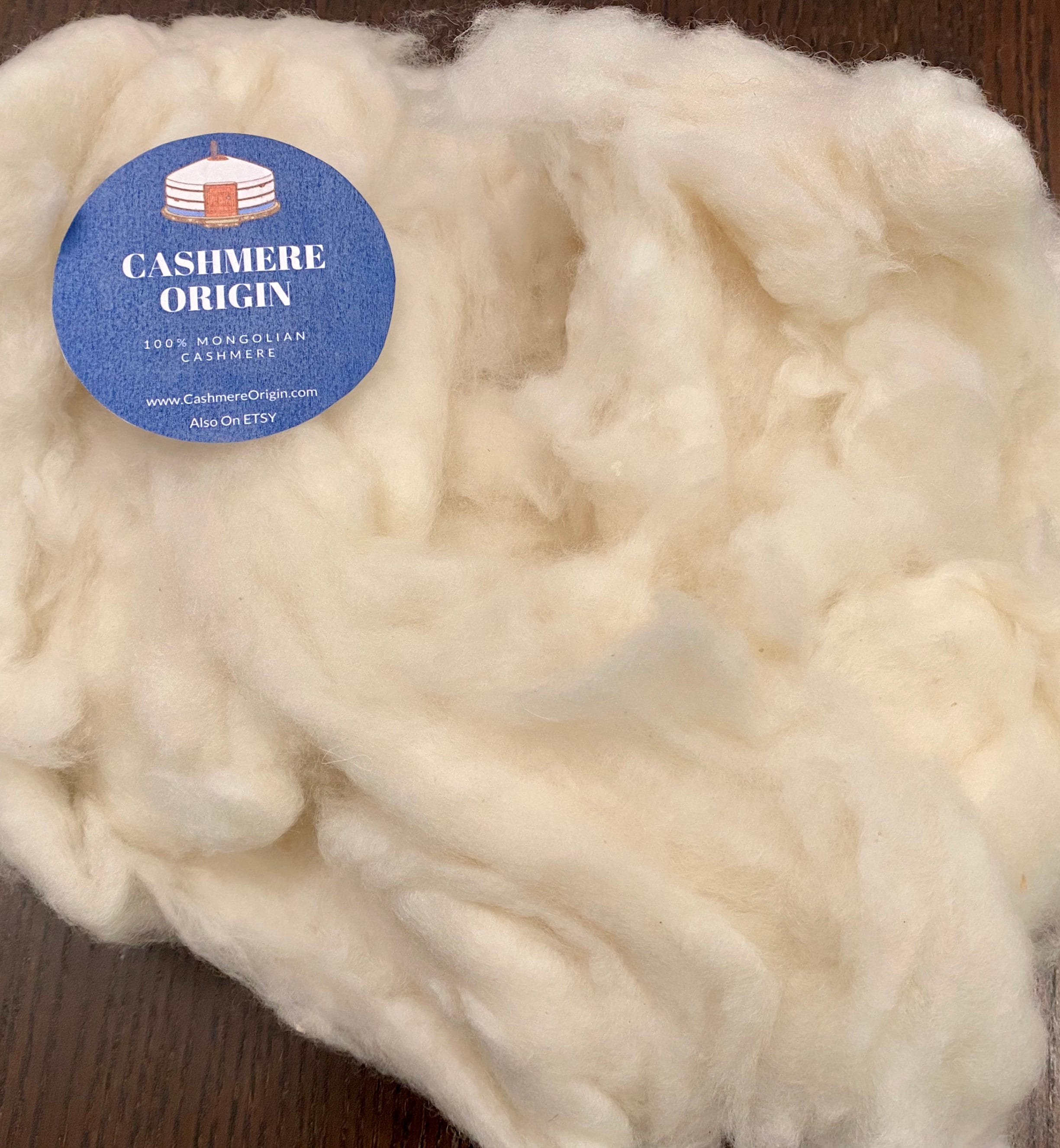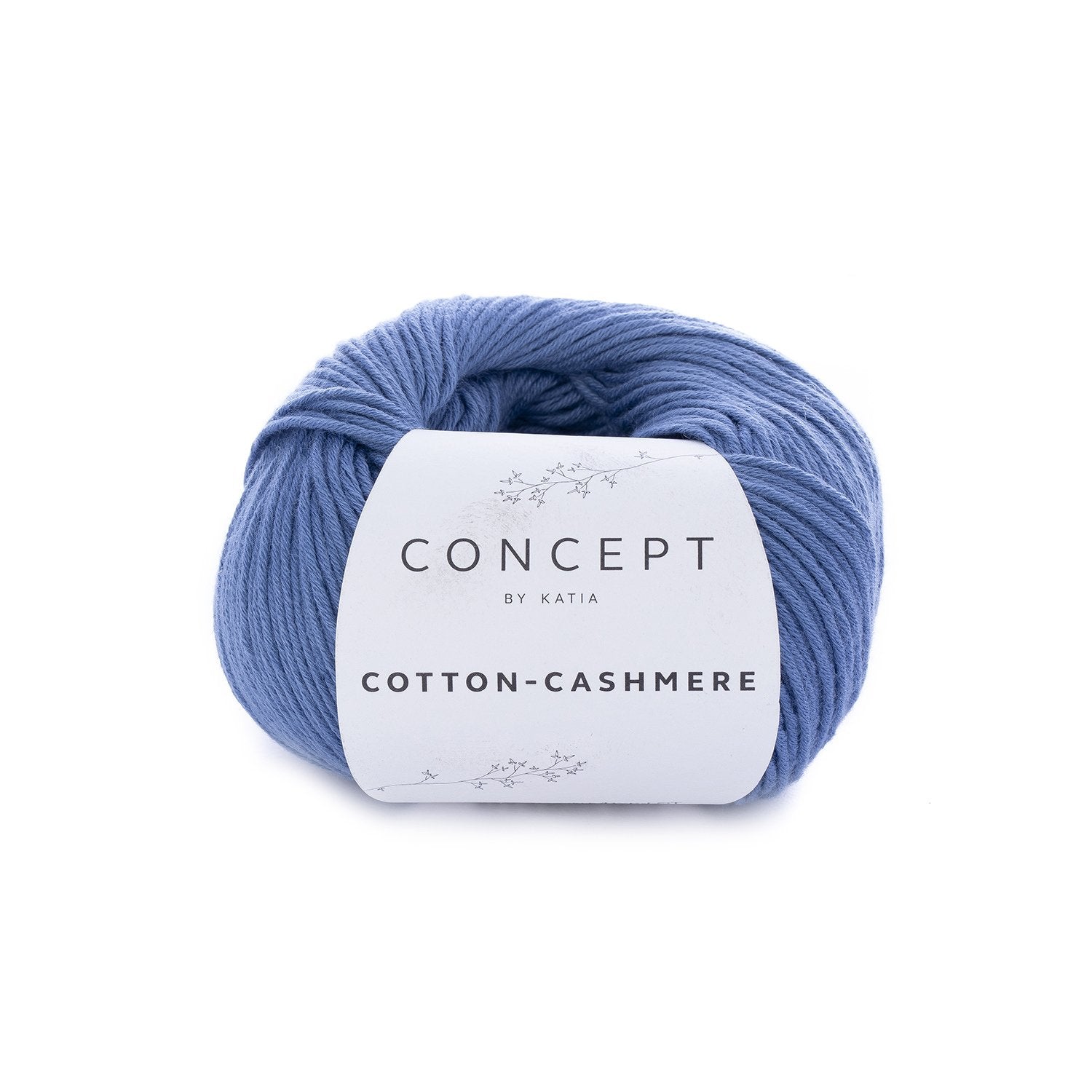Comprehending the Various Sorts Of Cashmere a Natural Fiber and Their One-of-a-kind Benefits

The Beginnings of Cashmere: A Historical Overview
While the elegant touch of cashmere continues to appeal modern-day customers, its beginnings trace back to the extreme, chilly climates of Mongolia and the Himalayas. For centuries, the aboriginal individuals of these regions have been increasing Capra Hircus goats, the prime source of cashmere wool. These goats, resistant against the serious wintertimes, grew a fine undercoat to make it through, which later on ended up being recognized as cashmere.

The Production Refine: From Goat to Garment
Shearing a Capra Hircus goat notes the beginning of the complex cashmere manufacturing procedure. This fragile procedure generally happens annually during springtime. The fine, soft undercoat is then separated from the coarser external hair, a process called dehairing. The resultant raw cashmere is then cleaned to get rid of contaminations such as dirt, oil, and vegetable matter.
The tidy fiber goes through coloring, rotating, and weaving, or knitting, to change it into a textile. Complicated procedures such as high quality control checks and completing processes follow, guaranteeing the end product maintains the lavish criterion anticipated of cashmere. This painstaking process, from goat to garment, justifies the high expense connected to cashmere products, making them a sign of high-end and improvement.
The Different Kinds of Cashmere: An In-depth Evaluation

The One-of-a-kind Benefits of Cashmere: Comfort and Sustainability
Moving from the selection of cashmere kinds to the advantages they offer, comfort and sustainability stick out plainly. Cashmere, an all-natural fiber, is renowned for its exceptional gentleness, giving a degree of convenience that artificial fibers can not match. The product's lightness, yet outstanding warmth retention, makes it suitable for all periods. Cashmere's natural elasticity enables it to return to its initial form, making it immune to stretching or diminishing.
When it concerns sustainability, cashmere is eco-friendly and eco-friendly, as it's collected from cashmere goats who regrow their coats annually. what is cashmere. Unlike artificial fibers which can take centuries to break down, cashmere's impact on the environment is marginal. This combination of comfort and sustainability makes cashmere a beneficial selection for mindful consumers

Taking Care Of Your Cashmere: Upkeep and Conservation Tips
While cashmere is undoubtedly a sustainable and lavish option, it calls for particular like keep its quality and extend its life-span. To begin, cashmere ought to be hand cleaned making use of chilly water and a mild cleaning agent. Avoid turning or wringing the garment as it can damage the fibers. Rather, gently eject excess water and lay it flat on a towel to dry. Cashmere things ought to be kept in a cool and dry location, away from straight sunshine and dampness. Using moth repellents can secure these garments from potential damage. It's advisable to prevent hanging cashmere to protect against stretching. Instead, fold and store them appropriately to keep their form and quality in time.
Buying Cashmere: Understanding Its Worth and Worth
Although cashmere may at first appear like an expensive financial investment, its long-term worth and worth come to be apparent when you consider its exceptional top qualities. Known for its unrivaled gentleness and warmth, cashmere is a costs natural fiber that surpasses other products. Its high need and restricted supply contribute to its high price, however its toughness guarantees it lasts for years, supplying superb value Discover More for cash. Cashmere pieces are timeless, usually ending up being heirlooms gave with generations. what is cashmere. Its all-natural shielding buildings give warmth without the bulk of synthetic fibers. Buying cashmere, consequently, is not simply regarding current style trends, however concerning accepting a lasting, long-lasting, and lavish way of life.
Verdict
In recap, the kind of cashmere one picks, be it i thought about this Mongolian, Chinese, or Italian, is dictated by specific choices for heat, sustainability, high-end, and budget. Comprehending the origins, production process, and special advantages of different types of cashmere can guide consumers in their financial investment in this luxurious all-natural fiber.
Whether it's the extraordinary warmth of Mongolian cashmere, the cost of Chinese cashmere, or the eco-conscious production of Italian cashmere, there's a tale to be uncovered behind each fiber type. Cashmere, an all-natural fiber, is renowned for its unmatched soft qualities, supplying a degree of convenience that synthetic fibers can not match.When it comes to sustainability, cashmere is biodegradable and eco-friendly, as it's gathered from cashmere goats that regrow their coats annually. Recognized for its unrivaled gentleness and heat, cashmere is a costs natural fiber that exceeds various other materials. Recognizing the beginnings, production procedure, and unique advantages of various kinds of Our site cashmere can lead consumers in their financial investment in this glamorous all-natural fiber.